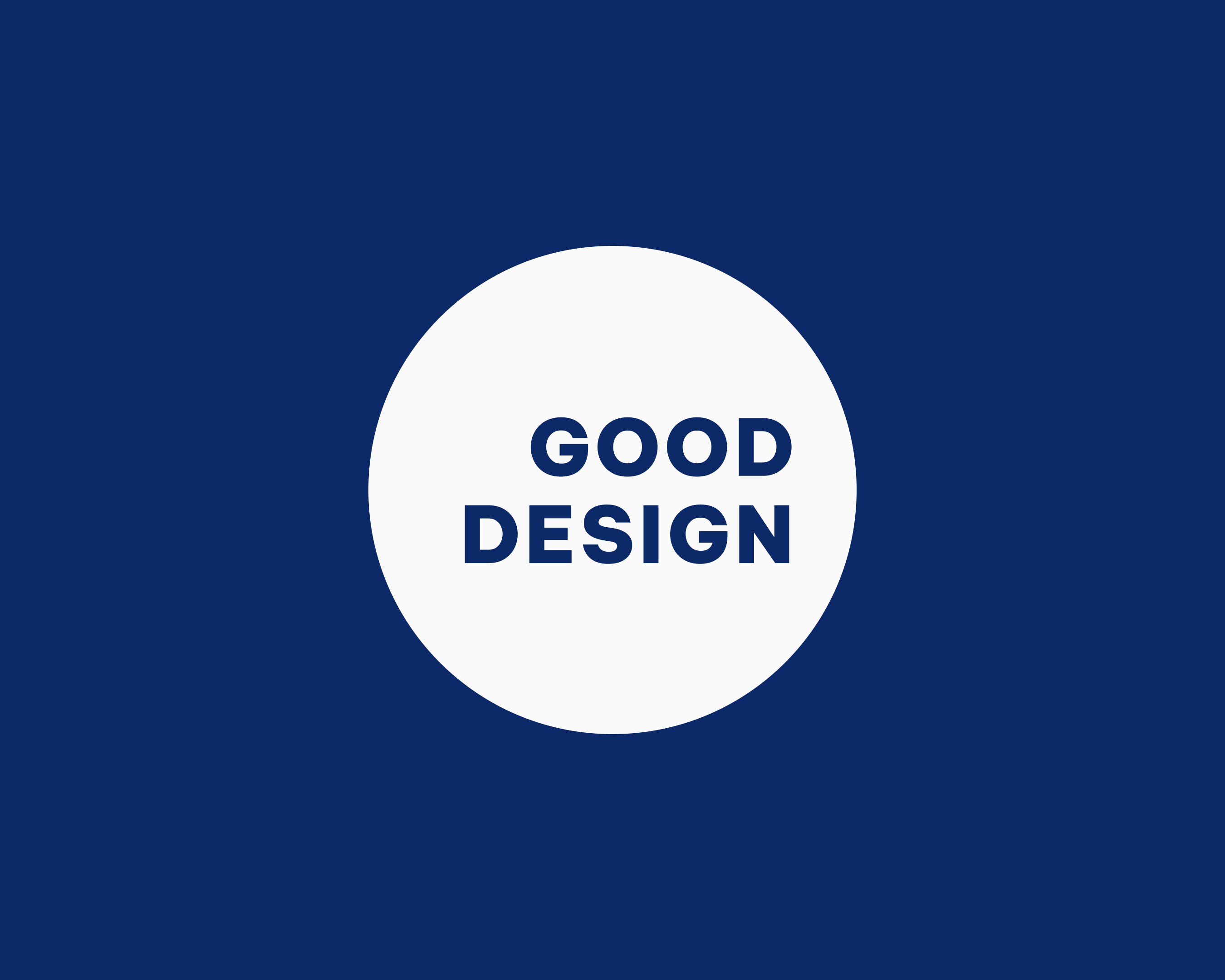

Modern consumers are looking for unified brand experiences rather than those that feel siloed into brand, digital, and physical elements. Your brand IS the experience people have with your digital and physical products, and they must work together to communicate consistently.
To achieve design harmony, companies must consider the unity of their brand expression, digital interfaces, and physical products as parts of a unified experience. It's more than just ensuring your colors match across platforms—it's about creating a design ecosystem that looks the same, sounds the same, and reinforces the same message. The most successful brands deliver on this by weaving together three crucial components:
Consider a brand like Apple - the OG masters of this approach. From their devices' sleek, intuitive design to the fluid experience of iOS and the clean, minimalist branding that permeates every aspect of their communication, the harmony between physical, digital, and brand design is unmistakable. This approach led to wild success through the 00s and 10s. Many of the most accessible references for this design philosophy are large corporations with big teams and deep pockets, such as Nike and Samsung. Therein lies the opportunity to make design harmony more attainable to a more diverse and varied set of companies.
When physical, digital, and brand design are aligned, the result is a seamless, effortless, memorable customer experience. Things are both as expected and fresh. The adage: great design is invisible applies. When there is a disconnect—such as a beautifully designed product paired with a clunky app —it creates friction that chips away at a user’s trust. When everything feels considered and connected, it builds consumer confidence, increases engagement, and leads to better brand retention. Warby Parker has mastered this art—guiding you from browsing options online to trying frames onsite to getting your order delivered—all while staying true to their clean, inviting brand. They’ve shaken up the retail game for single-product category brands, and Away, Shinola, Aesop, and Diptyque have adopted similar approaches.
In a world where every brand fights for attention, information overload and digital fatigue make cutting through the noise more challenging. Consistent, unified design helps a brand stand apart from the rest. Customers notice when a company takes the time to craft every interaction—whether online or in-person—into a thoughtful experience. It doesn't mean you must use the same image or tagline in marketing campaigns or always feature the same content—it is about tailoring experiences to resonate with target audiences while staying true to the brand’s underlying messaging, tone of voice, and design aesthetic. Examining every part of a user journey is vital to understanding the physical and digital touchpoints that reinforce the experience. By funneling energy toward fixing broken experiences, you can get closer to fulfilling this mission.
Finally, investing in a cohesive design early on saves time and resources by reducing the need for constant reworks and patch fixes across different channels. It allows companies to scale their design systems efficiently, keeping branding and user experiences consistent as they expand. In short, it will enable you to chart a course grounded in human insight, considered across all touchpoints, and developed as a cohesive unit where each touchpoint reinforces and builds on the other. Put simply, early work to rigorously define possible futures, define opportunities, and develop comprehensive concepts pays off.
Creating and maintaining design harmony isn’t without its challenges. One of the most common hurdles is ensuring cross-functional collaboration. Physical product designers, digital UX/UI teams, and brand strategists approach problems from different angles. While each discipline has specializations, they must work together to ensure consistent results. Aside from the need to facilitate collaboration between cross-functional teams, there is also a significant overhead cost associated with operating large, multidisciplinary teams.
As brands grow, new product lines, digital services, and marketing campaigns can complicate the design landscape, making scaling a challenge. Ensuring consistent design language is applied across a company’s offerings becomes more difficult with every new launch. Large brands must navigate this complexity to ensure the design doesn’t splinter into a disconnected experience. Knowing how to break things down and refocus innovation efforts can help get things back on track.
Building an impactful brand depends on uniting physical, digital, and brand elements into one seamless experience. Companies that achieve this will stand out in competitive markets and foster lasting customer loyalty and trust. Clear, consistent messaging across all brand touchpoints can more easily turn customers into brand evangelists who understand the company’s vision and can share it with confidence.
Achieving true design harmony requires intention and strategy. Some tips to take forward: